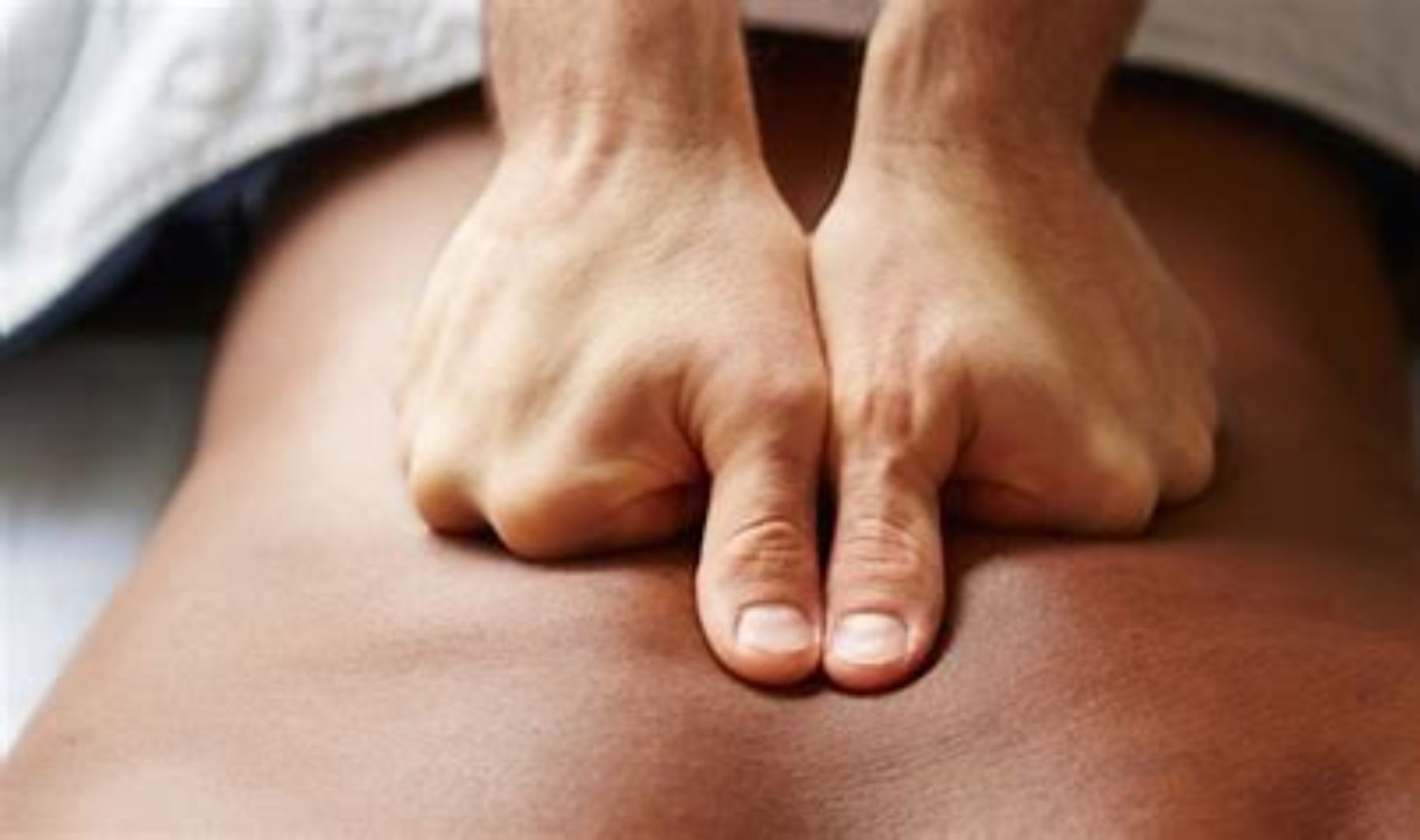How long have people been enjoying massage? Try centuries. Evidence can be found in Egyptian tombs and ancient Chinese medical texts.
Today’s massage therapists manipulate tissue to achieve deep relaxation and promote healing. Applying skillful touch and pressure, we help treat injuries and health problems. Massage therapy can also prevent injury and enhance wellness.
But some myths about massage therapy persist:
Myth #1 – Massage is massage – no matter where you go.
Fact – Not all massages are created equal. Massage therapists are trained in different modalities of massage. In a spa setting, techniques involve the whole body and promote relaxation. In a clinical or therapeutic setting, techniques are used to find and focus on problem areas. You may come in with backache, for example, and learn that the problem begins in your ankles. Massage therapists promote healing and may work with other medical professions to improve the results of treatment.
Myth #2 – Massage therapy mainly involves moving muscles.
Fact – Massage does more than manipulate muscles. Massage can stretch tightened areas of the fascia, a seamless tissue layer connecting muscles, bones, and organs. Massage can manually move fluids to loosen joints, reduce swelling and make movement easier. For example, synovial fluid, which normally lubricates the joints, can build up painfully in arthritic joints. And lymph, a fluid that normally moves through the body to fight infection, can cause painful swelling. Massage may help increase circulation of the blood, which moves nutrients through the body and speeds healing.
Myth #3 – The effects of massage are temporary.
Fact – A good massage therapist does more than address temporary aches and pains. We want you to be as comfortable as possible after the massage’s effects wear off. Muscles have a long memory. Holding them in an awkward position – such as craning your neck forward to see a computer at work – can cut off nerve pathways. This triggers neck and shoulder tension, upper back pain, and sometimes numbness and tingling down through the hands. Regular massages let us address your pain patterns and re-educate muscles to improve body mechanics and posture.
Myth #4 – Massage doesn’t help migraines.
Fact – Massage therapy is a complementary treatment for migraine headaches. Applying pressure to trigger points in the neck, shoulders, head and even face can help release tension. This may interrupt pain signals that would otherwise travel up to the blood vessels supplying the brain.
Myth #5 – Don’t interrupt a therapist during a massage, even if it hurts.
Fact – Massage therapy is unlikely to be extremely painful. You may feel discomfort while we apply deep pressure to release a “knot” of muscle tissue but it should be tolerable. If it’s painful, speak up. As I always say: “if it hurts so good, it’s ok but if it hurts so bad, please tell me so I can make adjustments accordingly.”
